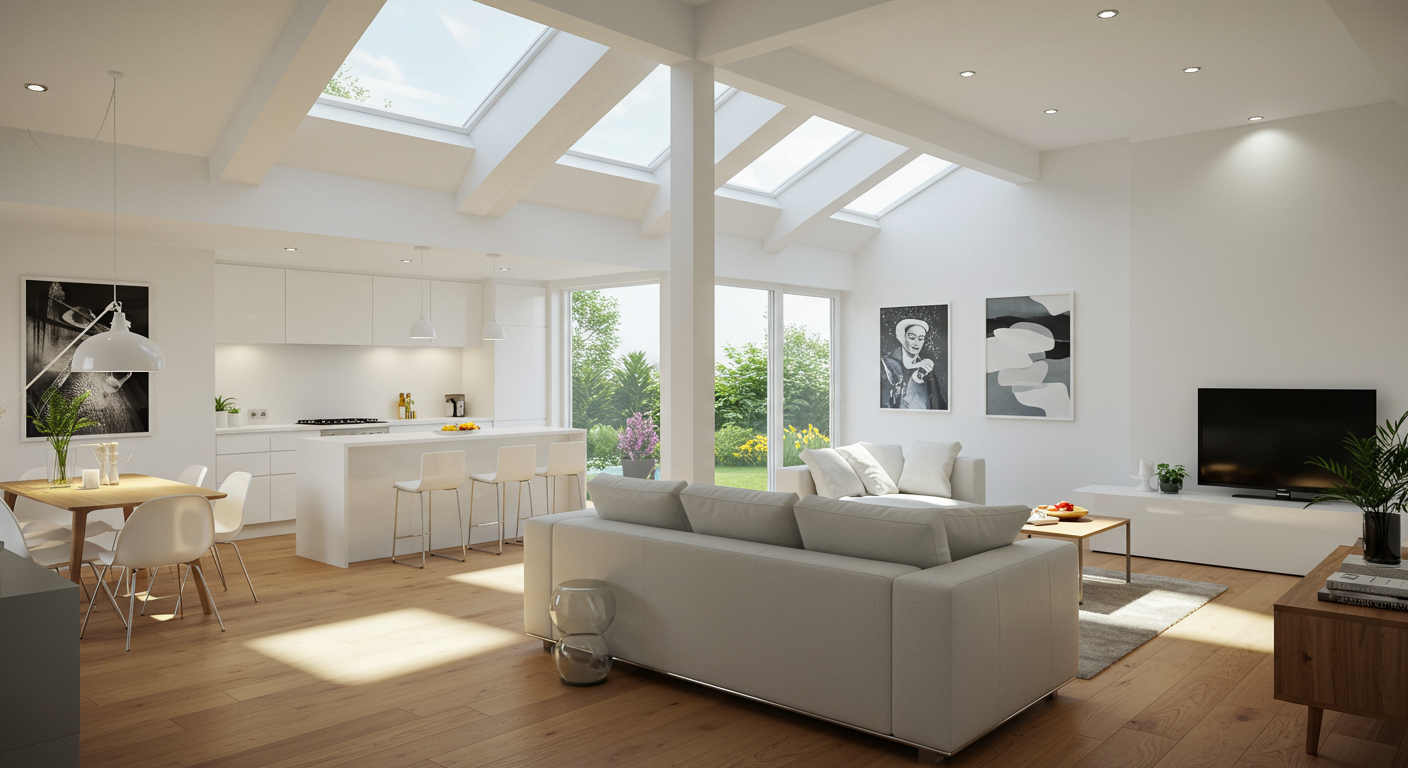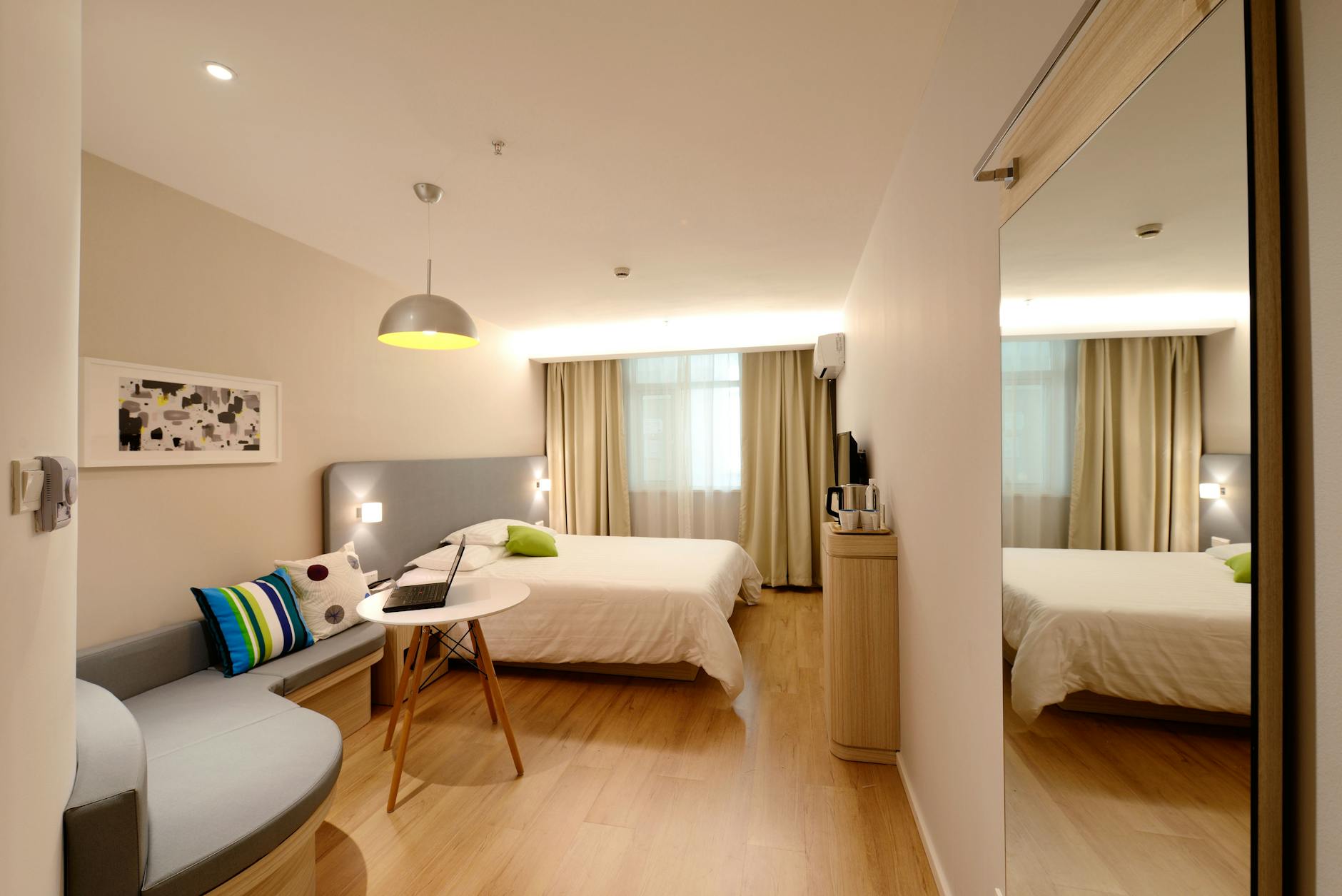Lighting is one of the most important yet often overlooked elements in home design. A well-lit home not only enhances the aesthetic appeal of your living space but also plays a crucial role in your comfort, mood, and even health. Understanding the art and science behind lighting can transform your home into a warm, inviting, and functional sanctuary.
The Art of Lighting: Creating Ambiance and Style
Lighting sets the tone of a room. It can make a small space feel larger, a cozy nook inviting, or a minimalist room strikingly elegant. The artistic aspect of lighting involves choosing fixtures, colors, and brightness levels that complement your décor and personal style.
Layering Light: One of the key principles in lighting design is layering. This means combining ambient lighting (general illumination), task lighting (focused light for activities), and accent lighting (highlighting features or artwork). For example, a living room might have recessed ceiling lights for ambient light, a reading lamp beside a chair for task lighting, and LED strip lights behind a TV to add accent.

Color Temperature: The color temperature of light bulbs affects the mood of a room. Warm whites (2700K-3000K) create a cozy, relaxed atmosphere, ideal for living rooms and bedrooms. Cool whites (3500K-4100K) are more energizing and suitable for kitchens and bathrooms. Daylight bulbs (5000K-6500K) mimic natural light and work well in workspaces.
The Science of Lighting: Functionality and Well-being
Beyond aesthetics, the science of lighting focuses on how light affects our biology and daily activities.
Circadian Rhythms: Natural light regulates our internal body clock, influencing sleep patterns, energy levels, and overall health. Incorporating windows and skylights that maximize daylight exposure can improve well-being. In the absence of natural light, using full-spectrum bulbs that mimic daylight can help maintain circadian rhythms.
Glare and Shadows: Proper lighting design minimizes glare and harsh shadows that can cause eye strain and discomfort. Diffusers, lampshades, and careful fixture placement are essential in achieving comfortable lighting.
Energy Efficiency: Advances in lighting technology, such as LED bulbs and smart lighting systems, allow homeowners to reduce energy consumption without sacrificing quality. LEDs use less energy, last longer, and come in various color temperatures to suit different needs.
Practical Tips for a Well-Lit Home
- Assess each room’s purpose to determine the right mix of lighting layers.
- Use dimmers to adjust brightness according to time of day and activity.
- Choose light fixtures that complement your interior style while providing adequate illumination.
- Incorporate reflective surfaces like mirrors to enhance natural light.
- Consider smart lighting solutions for customizable and energy-efficient control.
Conclusion
Mastering the art and science of lighting is key to creating a home that is beautiful, functional, and nurturing. By thoughtfully combining aesthetic choices with scientific principles, you can design lighting that elevates every room and enriches your daily living experience. Whether you’re renovating or simply updating your fixtures, remember that good lighting is an investment in comfort, style, and well-being.




